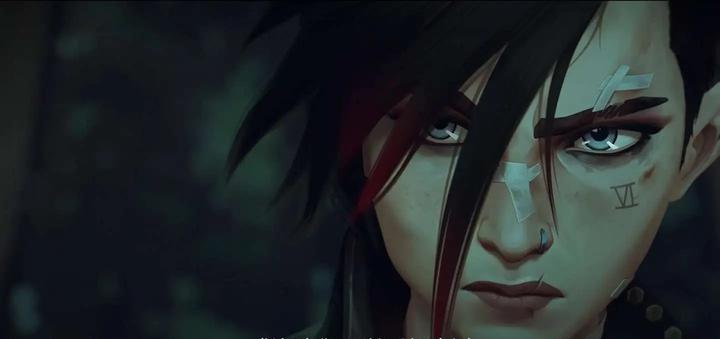The Redemption Arc of Jinx in Arcane Season 2
An analysis of Jinx’s transformation from chaos to stability in Arcane Season 2 episodes 4-6, examining how emotional healing, new relationships, and personal growth contributed to her psychological recovery.

The complex evolution of Jinx in Arcane’s second season presents one of the most compelling character transformations in recent animation. Known for her chaotic and destructive tendencies in season one, Jinx’s journey toward stability in episodes 4-6 of season two reflects a deeper exploration of trauma, healing, and redemption.
At the core of Jinx’s transformation lies her relationship with two pivotal figures - her mentor Silco and her sister Vi. Silco’s death served as a turning point, offering final validation through his last words: “You - I would never have given you up for anything.” This unconditional acceptance, even in death, helped resolve Jinx’s deep-seated abandonment issues.
The introduction of Isolde, a young girl who forms a strong bond with Jinx in Piltover, proves instrumental in her healing process. Through this relationship, Jinx experiences what it means to be truly needed and trusted, allowing her to rebuild her capacity for genuine connection. This dynamic mirrors and helps repair her fractured relationship with Vi, demonstrating growth in her ability to form healthy attachments.
Significantly, the structural changes in Zaun’s criminal landscape following Silco’s death created space for Jinx’s recovery. Without the constant pressure of gang warfare and factional politics, she found room to process her trauma and develop a more stable identity. The relative peace in the undercity, though temporary, provided crucial breathing room for her psychological healing.
The writing demonstrates remarkable nuance in portraying this transformation. Rather than an abrupt personality change, Jinx’s journey toward stability is marked by small but meaningful shifts in her behavior and thought patterns. She begins showing signs of impulse control, emotional regulation, and most importantly, the ability to form connections without fear of abandonment.
This character development carries deeper implications for the narrative’s themes of nature versus nurture and the possibility of genuine change. By showing Jinx’s gradual movement toward stability while retaining core aspects of her personality, Arcane suggests that healing doesn’t require erasing one’s past or fundamental nature.
The involvement of the Piltover community in accepting and supporting Jinx represents another crucial element in her transformation. Their willingness to look beyond her reputation and offer genuine opportunities for redemption provides essential external validation for her internal changes.
Jinx’s evolution also challenges traditional storytelling tropes about “crazy” characters, presenting mental health struggles with unusual depth and sensitivity. Her journey suggests that stability isn’t about “curing” mental illness but rather learning to manage it while building meaningful connections and finding one’s place in the world.
This transformation resonates particularly strongly because it maintains believability within the established character framework. The stability Jinx achieves isn’t perfect - she still struggles with impulses and past trauma. However, her ability to navigate these challenges while maintaining healthier relationships marks genuine progress in her character arc.
The artistic direction supports this character development through subtle changes in animation and character design. Jinx’s movements become more controlled, her expressions more measured, though still maintaining the distinctive energy that defines her character.
As the season progresses, the show skillfully balances Jinx’s growth with reminders of her vulnerability. Her transformation isn’t presented as a complete redemption but rather as an ongoing process of healing and self-discovery, making her journey all the more compelling and authentic.
This multifaceted approach to character development sets a new standard for storytelling in animation, demonstrating how complex psychological evolution can be portrayed with both sensitivity and dramatic impact.